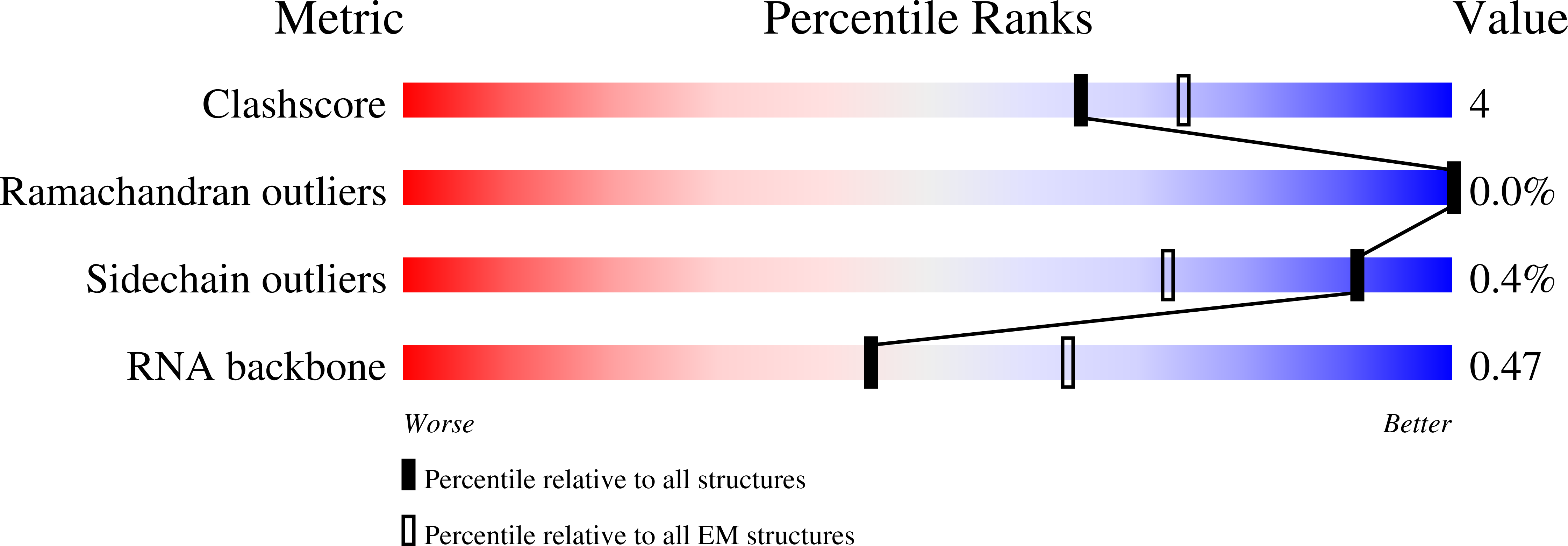
Deposition Date
2021-04-21
Release Date
2021-12-08
Last Version Date
2024-07-10
Entry Detail
PDB ID:
7OB9
Keywords:
Title:
Cryo-EM structure of human RNA Polymerase I in elongation state
Biological Source:
Source Organism:
Homo sapiens (Taxon ID: 9606)
Host Organism:
Method Details:
Experimental Method:
Resolution:
2.70 Å
Aggregation State:
PARTICLE
Reconstruction Method:
SINGLE PARTICLE


